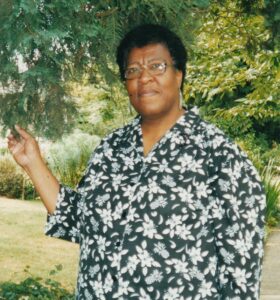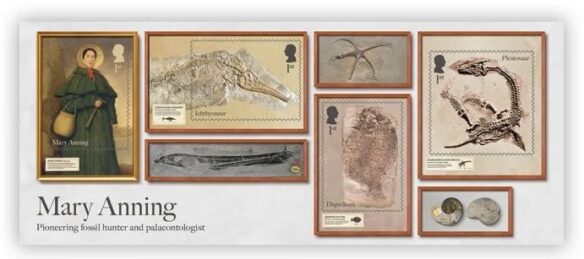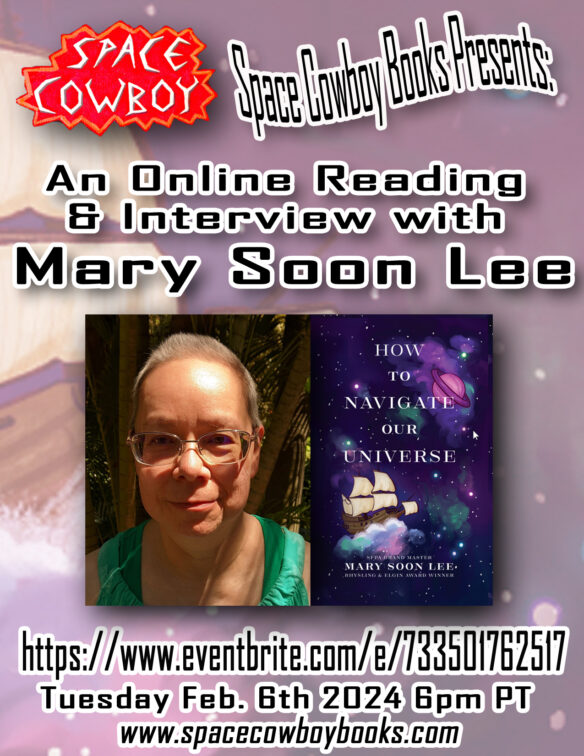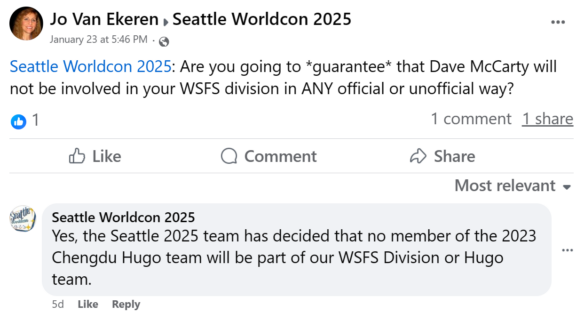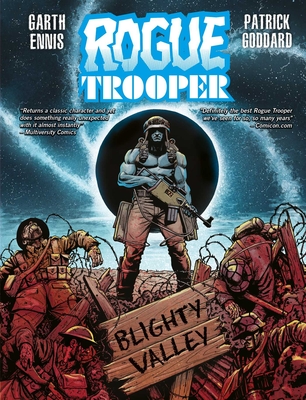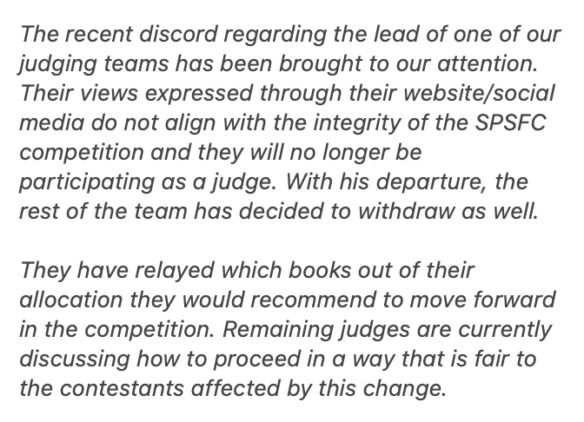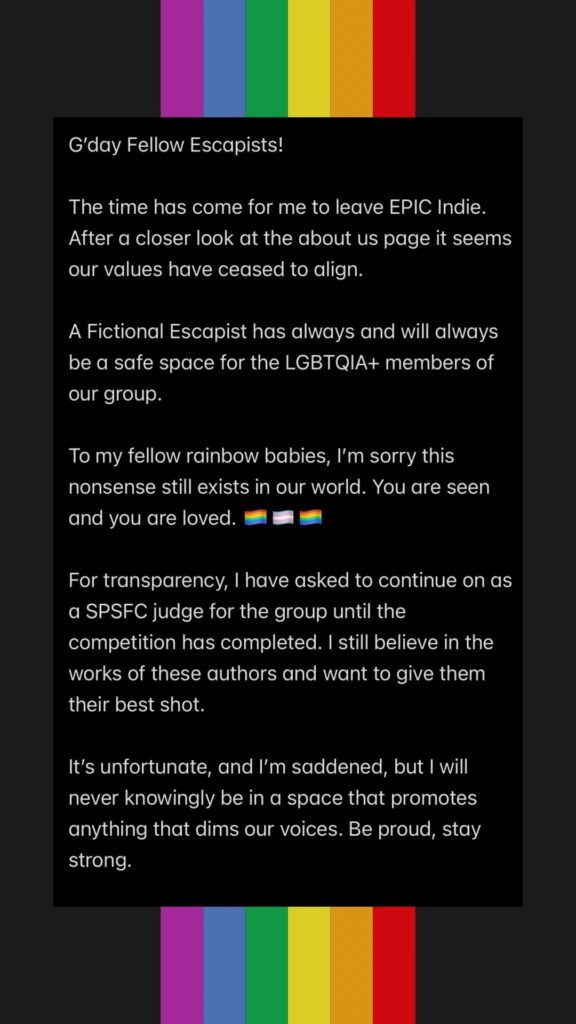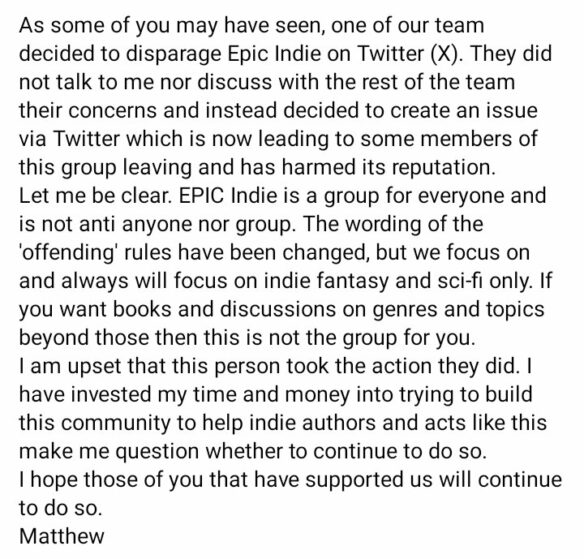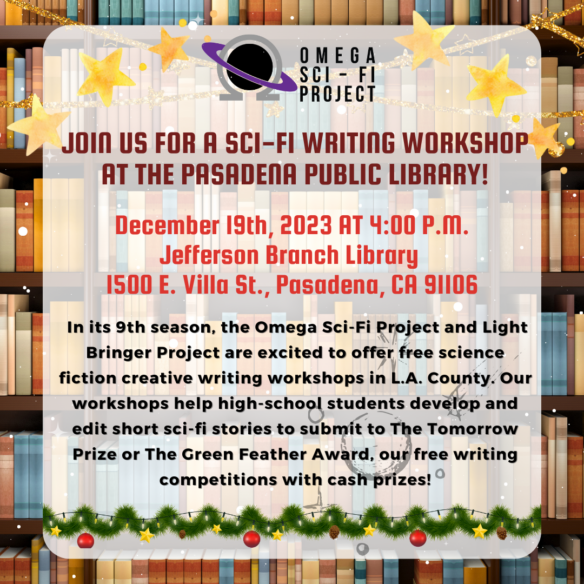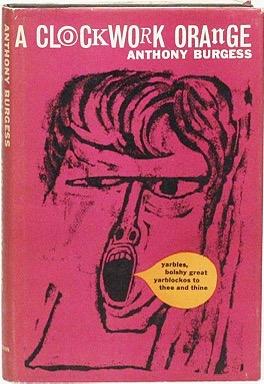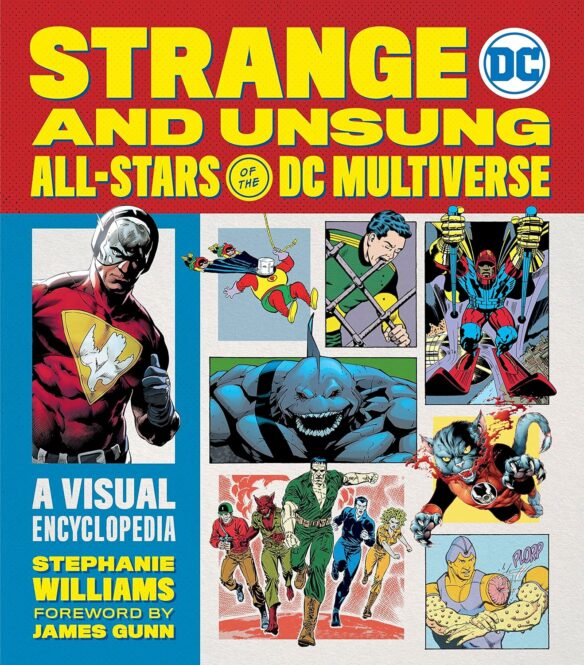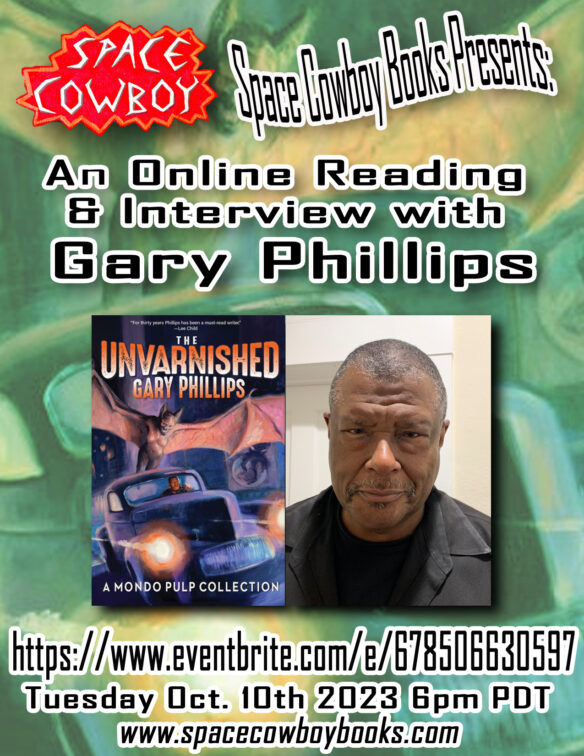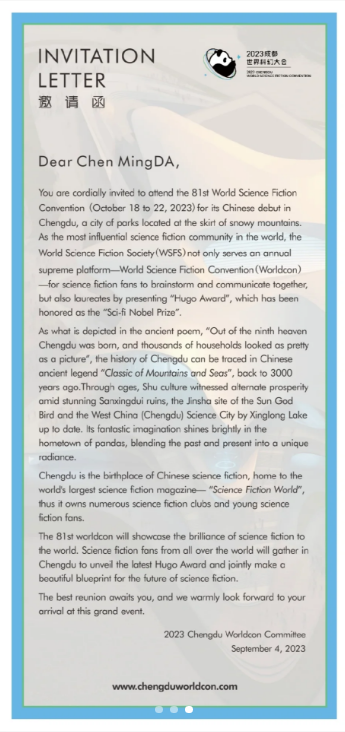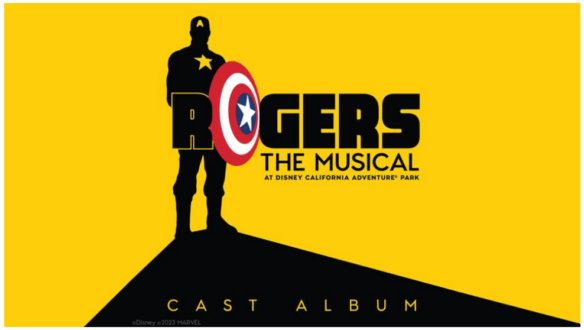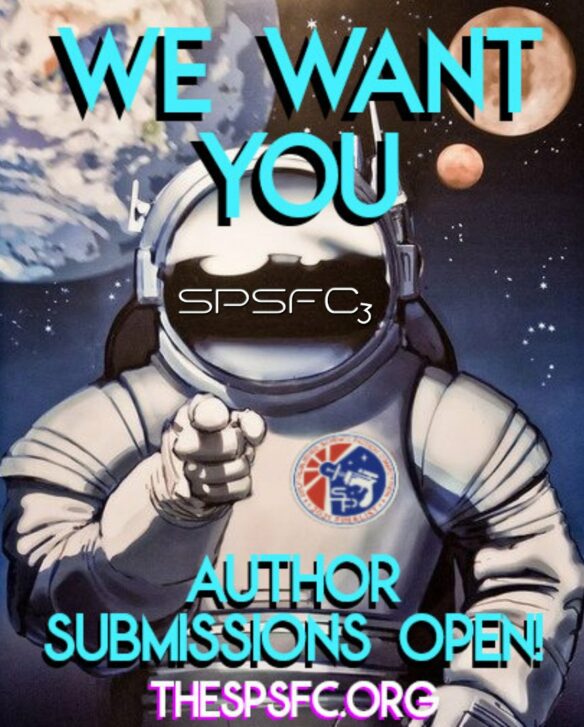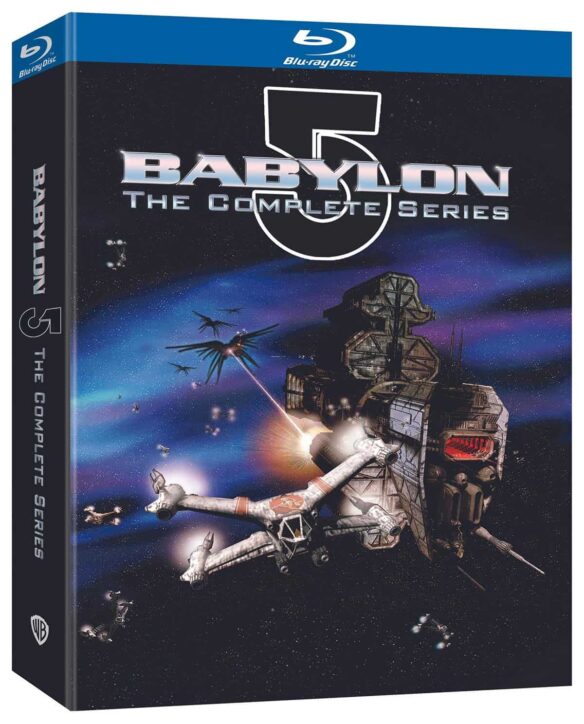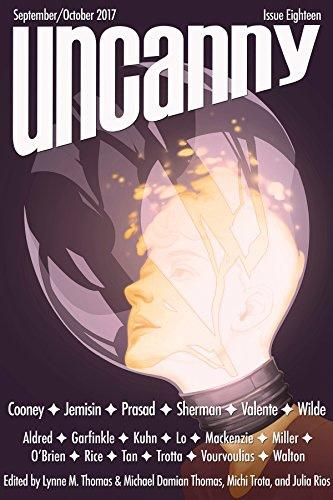(1) FIRST LAWS OF ROBOTICS. South China Morning Post has a few details — “China’s Laws of Robotics: Shanghai publishes first humanoid robot guidelines”.
Shanghai has published China’s first governance guidelines for humanoid robots, calling for risk controls and international collaboration, as tech giants like Tesla showed off their own automatons at the country’s largest artificial intelligence (AI) conference.
Makers of humanoid robots should guarantee that their products “do not threaten human security” and “effectively safeguard human dignity”, according to a new set of guidelines published in Shanghai during the World Artificial Intelligence Conference (WAIC) on Saturday.
They should also take measures that include setting up risk warning procedures and emergency response systems, as well as give users training on the ethical and lawful use of these machines, according to the guidelines.
The document was penned by five Shanghai-based industry organisations including the Shanghai Law Society, Shanghai Artificial Intelligence Industry Association and the National and Local Humanoid Robot Innovation Centre.
…China has made it a goal to have mass production of humanoid robots by 2025 and wants global leadership in the sector by 2027, according to a plan published by the Ministry of Industry and Information Technology (MIIT) in November last year.
By 2027, humanoid robots should become “an important new engine of economic growth” in China, the MIIT urged. Robots are expected to be popularised in industries including healthcare, home services, agriculture and logistics, according to the document….
(2) 3RD ANNUAL STURGEON SYMPOSIUM REGISTRATION. Registration is now open for the 3rd Annual Sturgeon Symposium, Oct 24-25, celebrating the groundbreaking work of author and critic Samuel R. Delany. The symposium will include a reading by the winner of the Sturgeon Award for best speculative fiction story published in 2023, scholarly panels, and appearances by Delany himself. Fee waiver available for students and others with financial need. Join us!
Register here: Sturgeon Symposium | Stars in Our Pockets: Celebrating Samuel R. Delany Tickets, Thu, Oct 24, 2024 at 9:00 AM | Eventbrite T-shirt, lunch, and Thursday reception are included with registration.
More information here, including updates to schedule:

(3) VIRTUAL STOKERCON PANEL REPORTS. Lee Murray has put together highly informative summaries of two panels convened during the Horror Writers Association’s 2024 Virtual StokerCon event.
Trigger Warning: This article addresses issues of grief, loss, and mental health.
Moderated with compassion by Mo Moshaty, an author-producer with experience working closely with death doulas, the panel commenced with a round-robin of introductions, including the panellists’ relevant work, and also their particular interest in the topic of grief horror.
Panelists included Mark Mathews, Clay McLeod Chapman, Nat Cassidy, Katherine (Kat) Silva, Ally Malinenko, and Laura Keating.
From the opening comments, it was clear that this was going to be a confronting and also humbling session, with panelists sharing their own experiences of trauma and grief, with their specific experiences discussed in more detail over the course of the panel.
Moshaty kicked off the discussion by stating that grief, as a universal emotion, touches everyone in society, so it follows that we would want to represent grief in our horror literature. Mark Matthews and Nat Cassidy agreed that horror is a genre that is grounded in grief. Clay McLeod Chapman admitted to feeling inspired and intimidated to talk frankly about the topic, but also that he expected the discussion to be eye-opening and cathartic. He was especially interested in how we move through grief while also tackling it in our work….
Striking a sustainable work-life balance for the long-game in horror takes time and experience. Eric LaRocca, Christa Carmen, Ace Antonio-Hall (Nzondi), Pamela Jeffs, and EV Knight offer their insights in a panel moderated by L. E. Daniels on how to protect our bodies and minds as we navigate dark fiction.
Recently, I had the pleasure to attend the Self-Care for Horror Writers panel offered in the virtual space at StokerCon 2024. Given the close alignment of the topic to the work of the HWA Wellness Committee and our Mental Health Initiative, this panel was a must-view for me, and I wasn’t disappointed. Expertly moderated by Bram Stoker-nominee and Wellness Committee member L. E. Daniels, the discussion was wide-ranging and engaging, with speakers offering insightful gems and tried-and-true strategies for maintaining well-being. Key points are summarised in this report.
Daniels began by asking her panelists how they have developed a sustainable work-life balance for the long game that is writing, publishing, and writers’ events….
(4) SCOTS GOTHS. [Item by Steven French.] For those who might be in the Edinburgh area in September, here’s an interesting event at the National Library of Scotland – and it’s free! “Treasures: Mary Shelley, Frankenstein, and the Scottish Gothic Tradition”, Thursday, September 5 at 17:30 at the National Library of Scotland in Edinburgh.
Hear from Dr. Emily Alder and Professor Daniel Cook, both leading experts in the field of Gothic literature, as they consider the ways in which Frankenstein and the Gothic permeate Scottish fiction to this day. Chaired by one of our foremost cultural commentators and interviewers, Dr. Alistair Braidwood.
With the recent success of the film adaptation of Alasdair Gray’s ‘Poor Things’, and the debt Gray’s novel owes to ‘Frankenstein’ and Gothic fiction, how might we consider the influence of Mary Shelley’s masterpiece on subsequent writers and their work? Where does James Hogg’s ‘Justified Sinner’, Robert Louis Stevenson’s ‘Jekyll and Hyde’, or more recent works by Muriel Spark, James Robertson, Alice Thompson, A. L. Kennedy, and Alasdair Gray fit into a Scottish Gothic tradition?
This event celebrates our new Treasures display, featuring items relating to Byron and Mary Shelley.
(5) RETRO PIXEL. [Item by SF Concatenation’s Jonathan Cowie.] Regarding the July 5 Pixel Scroll’s “(9) SCIENCE EXHIBITION IN LONDON” by Steven French, who wrote, “If anyone happens to be in London over the weekend, there’s some neat stuff going on at the Royal Society…”
Actually, it lasted the previous four weekdays too. I usually go and was, indeed, there this year wearing my climate science hat.
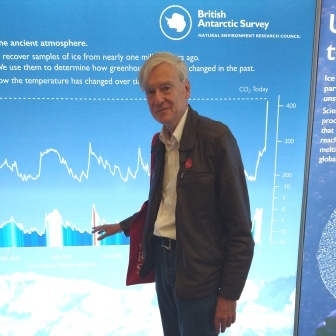
At the exhibition, I am pointing to a graph of past temperatures as revealed by a 900,000 year Antarctic ice core at a particular point called the Mid-Brunhes Event before which glacials were less cold with interglacials being more cold, and after this point where – like today – glacials are colder and interglacials warmer. ‘Why is this so?’ you may well ask. Alas, we don’t know, though theories abound.
Antarctic ice core drilling continues. We are currently looking at another location where the ice hopefully has a record going back over a million years: ideally to 1.5 million years so as to cover the Mid-Pleistocene Transition which saw a major change to glacial-interglacial cycles that was possibly due to the arrival of large, long-term ice over Antarctica and substantive northern hemisphere glacial ice sheets. (At least, that’s the working hypothesis I go with.)
This year, six of us went to the Royal Society’s Summer Exhibition, including another member of the SF² Concatenation team.
If you like science – and many science fiction fans do – then this annual event is worth checking out.
If you need post-exhibition sustenance, the near-by Golden Lion pub is sufficiently off the tourist track that while it is usually busy Mondays to Fridays up until 7.45 it then quietens down. It has hand-pump beers and reasonable hot pub food but note it closes early Mon-Thurs at 10pm. On the way there, you can see typical 19th century West-End London architecture. Some old buildings have been demolished, but the past decade or so has seen developers knock down buildings but keep the frontage walls: so the building looks the same from the outside but is completely modern inside.
The Royal Society (Britain’s Science Academy) is housed in Germany’s former London embassy up to World War II. Its (the Society’s) President’s office today has a marble swastika in the floor (under a carpet but conserved as the swastika apparently has a heritage preservation order on it).
Keep an eye out next year in early July for another Royal Society summer exhibition. Avoid the weekend day as that is very crowded (Dublin Worldcon levels of crowding) with parents bringing children.
(6) THE INSTALLMENT PLAN. Eugen Bacon offers an intriguing alternative at Reach Your Apex: “What if you wrote your novel story-by-story, using your strength as an author of short stories?” — “For Writers: Writing the Novel – For Short Story Authors”.
…Maybe you’ve even won or been a finalist in awards with your short story, you’ve been killing it in anthologies—as in editors have you on speed dial, critics raving about your short story (you kinda hog the lot, you’re getting a bit self-conscious about it—maybe not, it’s fucking awesome). And you have a short story collection or three… But your mate, your family, maybe a literary agent… has been on your case, as in: “So where’s that novel?”
And imposter syndrome is creeping in, and you feel you gotta write that effin novel.
Or maybe you’ve written a short story you like so much, you want it as a starting point for a novel. Perhaps more characters are popping up, too many to contain in a short story. Or maybe you want to stretch the story—by timeline or theme or view point. The start is the same, the closing is the same, but the inside of the story is becoming longer. It demands more history, more world-building, a deeper look. Now you really need that novel.
But short stories are your strength. You don’t want to get entangled in a tortured story or a runaway plot. What if the short story is just what it is—the point of it could be lost in expanding it. Who wants a bloody novel? You do. What if the short story has told itself out: do you really need that novel? Yes, bloody yes, every inch of you shouts.
But you do love the energy in a short story—yes, Carver: Get in, get out. Don’t linger.
So what if you could retain all that you love about the short story, and still write that novel? What if you could write about a moment in time, something experimental and decentralized, something flexible, economic, dynamic, mimetic, metaphoric, immediate, intense—and it’s still a novel?
This is how it happens: What if you wrote your novel story-by-story, using your strength as an author of short stories?…
(7) PIDGIN DROPPINGS. “Preliminary Notes on the Delvish Dialect” by Bruce Sterling at Medium.
…Also, the human owners/managers of Large Language Models have extensively toned-up and tuned-down these neural network/deep learners/foundation-platforms, so that these “writers” won’t stochastically-parrot the far-too-human, offensive, belligerent, and litigous material that abounds in their Common-Crawl databases.
The upshot of this effort is a new dialect. It’s a distinct subcultural jargon or cant, the world’s first patois of nonhuman origin. This distinctive human-LLM pidgin is a high-tech, high-volume, extensively distributed, conversational, widely spoken-and-read textual output that closely resembles natural human language. Although it appears as words, it never arises from “words” — instead, it arises from the statistical relationships between “tokens” as processed by pre-trained transformers employing a neural probabilistic language model.
And we’ll be reading a whole lot of it. The effort to spread this new, nonhuman dialect is a colossal technical endeavor that ranks with the likes of nuclear power and genetically modified food. So it’s not a matter of your individual choice, that you might choose to read it or not to read it; instead, much like background radioactivity and processed flour from GMO maize, it’s already everywhere.
Technically, this brave-new-world dialect is actually a wide number of different Language-Model idiolects, which arise from different databases and different LLM training methods. Machine-translation AIs speak a thousand human languages at once. Consumer-facing chatbots speak with courtly circumlocutions. LLMs exist that are specially trained for marketing, warfare, cooking, legal boilerplate, code generation, website design. And so on….
(8) HALF PAST HUMAN… [Item by SF Concatenation’s Jonathan Cowie.] In recent years I have moved more from the current climate change issue into looking at the deep time evolution of the Earth system as well as that of life. (This is the ‘co-evolution of life and planet’ narrative in case any of you were wondering.) It is a big topic, but one of the things I have been looking at is not just where we have come from (and how) but where we are going. One instance (of a number) is that across deep-time both geology and biology have seen increasing ‘information’: each key step in deep-time evolution has seen increased information (in the geological record) and increased information processing (in the case of biology). However, we (modern humans) are now using technology, starting with using new alloys not found in nature to make ploughs which in turn helped us sustain a larger population and a non-agrarian population which could do things like science (as well as paint pretty pictures etc). And now our technology itself is processing more information. If DNA were represented as information (and we have already coded all the sonnets of Shakespeare as DNA) then the amount of computer information we hold globally now rivals (if not exceeds – my last data point for this was over half a decade ago) the DNA in life planet-wide….
The other thing that has happened across deep time is that we have seen earlier stages of life incorporated into more advanced stages: for example prokaryotes became incorporated into eukaryotes through endosymbiosis. Which begs the question of whether we will merge with information processing technology…
Here I venture possibly ‘yes’ but not necessarily (biomedical treatments aside) with a huge load of invasive technologies embedded in our bodies like the Star Trek’s Borg.
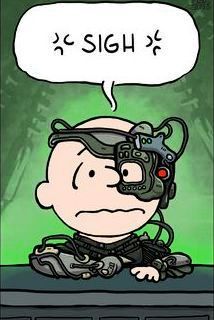
Instead, we will increasingly interact with technology, and we can all see how our society is (in one sense sadly) increasingly digital. We increasingly carry technology around with us (smartphones) and even wear it, for example, joggers these days can wear a watch that keeps track of their pulse.
Are we becoming more like cyborgs????
Well, you have had a taste of my musings (if you want more, you’ll have to ask for a talk at a con). But I’m a bio-/geoscientist. The SF view of cyborgs tends to be more engineering orientated. Witness the $6 million man… we can build him faster, better… Though none of the ladies thought to tell Steve Austin that faster is not always better. But if you do want a more engineering/physics approach to the cyborg trope then it’s Isaac Arthur to the rescue…
It was, this last weekend, sci-fi Sunday over at “Science Futures with Isaac Arthur” where he looked at “Cyborg Civilizations”. Is this where we are heading? Isaac thinks that cyborgs may be a way to colonise the galaxy…
(9) TODAY’S BIRTHDAY.
[Written by Paul Weimer.]
July 9, 1944 – Glen Cook, 80.
By Paul Weimer: Glen Cook is a trailblazer whose fingerprints are all over modern fantasy in two separate subgenres.
Let’s put aside some of his interesting single novels such as Tower of Fear, which is an interesting standalone fantasy novel, and A Matter of Time, where he shows that he can do twisty time travel in a Cold War setting.

First up, Glen Cook doesn’t get enough love, I think, for his Garrett PI series. I’ve seen more prominent authors take up his mantle, but Garrett is the true heir to Lord Darcy (but in a secondary fantasy world) of a private investigator doing his job on the mean streets of TunFaire. The Titular Garrett is a character out of mystery fiction (and really the novels lean more heavily into mystery than the fantasy, for all being in a city of multiple species and magic). Garrett follows a lot of tropes that readers of, say, Raymond Chandler will see right away. Garrett isn’t overly ambitious, he just wants enough to get by day by day, but trouble keeps finding him (and yes, this is hardboiled detective fiction, so the trouble includes the cops (the watch), the mob (the outfit), femme fatales) and much more. I get the sense that Cook had a hell of a lot of run writing them (a dozen or so at this point). Great literature? No. Entertaining? If you are a fan of the Chandler school of writing and also like SFF, get thee to a bookseller. I’ve seen the fingerprints of Garett in other characters and authors, but few really capture the idea as well as Cook does.
But it is epic fantasy where Cook really sings and really has had his influence. Even beyond some of his other fantasy series, I am referring here to The Black Company. Grimdark before Grimdark was ever a thing, the story of a band of mercenaries who get caught up in wars to decide the fate of the world, grey protagonists in a world of black to white and all the shades, The Black Company is one of the ur-texts for writers like Abercrombie, Erikson, and their ilk. (I could see the fingerprints of The Black Company as inspiration for Adrian Tchaikovsky’s House of Open Wounds, for instance). The Black Company members are caught in intrigues between themselves and their superiors, desperately try to survive hopeless battles they are thrown in, and slowly start to learn about their own origins and history. The cast shifts and changes across the series (and sub series), but the core of the idea of an elite mercenary unit working mostly for rather disreputable and treacherous powers is one that holds up to this day. The Bridgeburners, Caul Reachey’s Men, and many others owe their existence to Croaker and his crew.
(10) COMICS SECTION.
- Saturday Morning Breakfast Cereal predicts Dad’s complaint about the next generation.
- Speed Bump displays an identity verification test.
- Thatababy overhears the plan.
- Bizarro recognizes a really scary pirate.
- Shrimp and Grits need help to stay online.
- The Other Coast finally gets the message.
(11) CAGE MATCH. Variety reports “Spider-Man Noir Series at Amazon, MGM+ Casts Brendan Gleeson”.
Brendan Gleeson has joined the cast of the upcoming Spider-Man Noir series at Amazon, Variety has learned from sources.
This marks one of Gleeson’s first announced project since his Academy Award and Golden Globe nominated turn in “The Banshees of Inisherin.” Gleeson will star in the series opposite previously announced series lead Nicolas Cage as well as the recently cast Lamorne Morris. The show, now titled “Spider-Noir,” was formally ordered to series in May with Cage in the lead role. As previously reported, the show will debut domestically on MGM+’s linear channel and then globally on Amazon Prime Video….
(12) OVERTIME. Futurism takes notes while “Former Astronaut Explains How the Astronauts Stranded in Space Might Be Feeling”.
NASA astronauts Suni Williams and Butch Wilmore are still stranded on the International Space Station after Boeing’s plagued Starliner spacecraft finally managed to drop them off last month.
Since then, technical issues affecting the spacecraft have delayed their return journey indefinitely, with multiple helium leaks kicking off an investigation.
Williams and Wilmore were originally meant to return on June 14 — over three weeks ago — and NASA has yet to announce when its latest attempt will be to bring them back down to Earth.
It raises an interesting question: how are Williams and Wilmore feeling about the delay? One former colleague says that the extended stay on board the orbital outpost could actually be a blessing rather than a curse.
“Well, my first reaction was it’s probably good news for the two Boeing astronauts,” retired Air Force colonel and NASA astronaut Terry Virts told NPR. “They’re, you know, they get a few bonus weeks in space. And you never know when your next space flight is going to happen, and so I’m sure the astronauts are happy to get some bonus time and space.”
Virts also argued that the rest of the station’s crew would be “happy” to get some “free labor.”…
… Virts also took the opportunity to send a message to Williams and Wilmore.
“I would just say enjoy it,” he told NPR. “And stay busy. You don’t want to, you know, just sit around. But I know these two, they’re not going to sit around. And I’m sure NASA will have plenty of work for them to do.”
(13) VIDEO OF THE DAY. [Item by SF Concatenation’s Jonathan Cowie.] Astrophysicist Dr Smethurst at Dr. Becky YouTube Channel takes a look at some of the science portrayed in the SF series Battlestar Galactica. 12-minute video below.
In this episode of Astrophysicist reacts we’re watching Battlestar Galactica season 1 episode 1 “33” to pick out the science from the fiction in this sci-fi show. We’re chatting about faster than light speed travel, special relativity including time dilation and length contraction, and Newton’s third law of motion.
[Thanks to Andrew Porter, John King Tarpinian, Chris Barkley, Mlex, Cat Eldridge, SF Concatenation’s Jonathan Cowie, Steven French, Teddy Harvia, Kathy Sullivan, and Mike Kennedy for some of these stories. Title credit belongs to File 770 contributing editor of the day Daniel Dern.]

